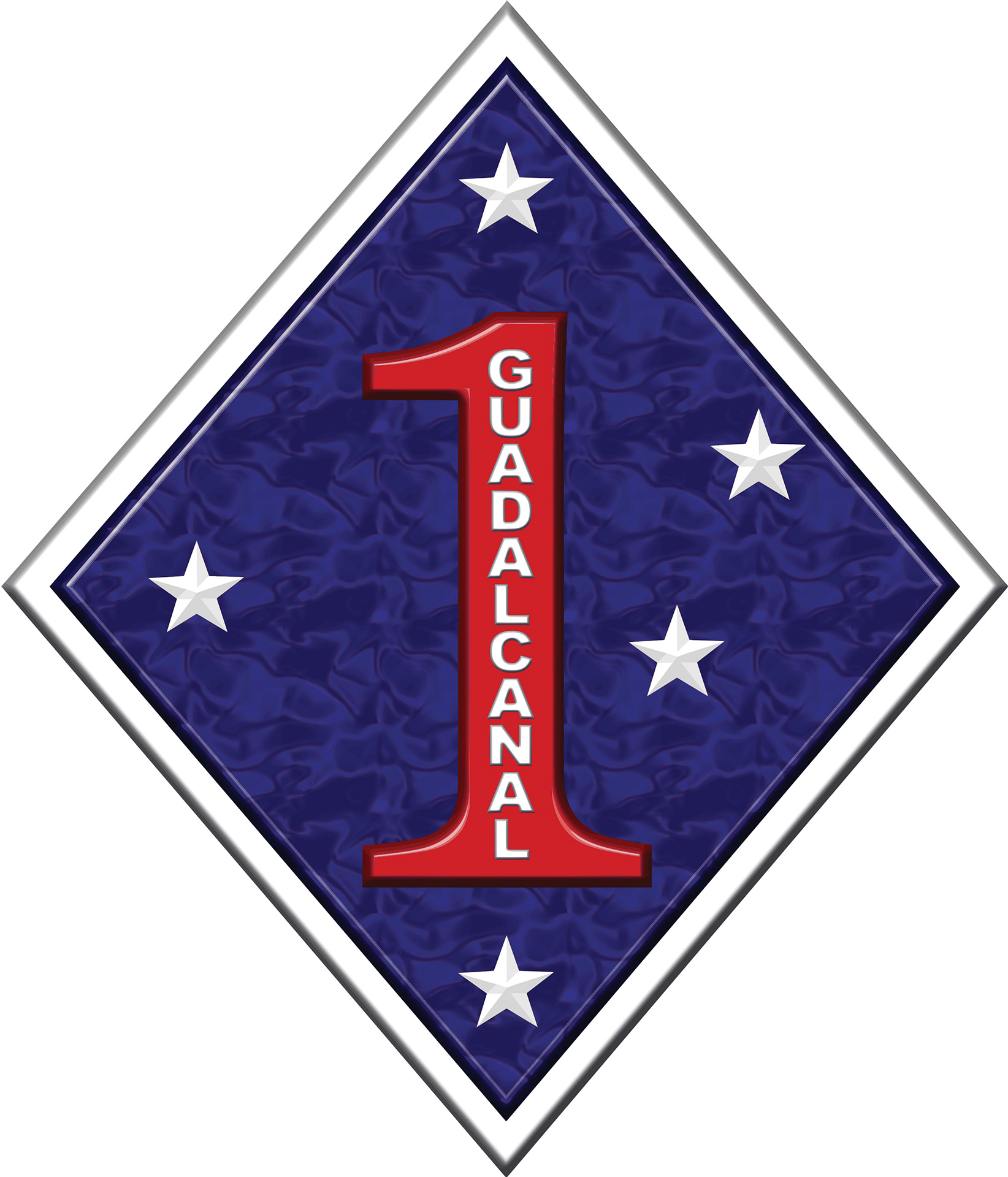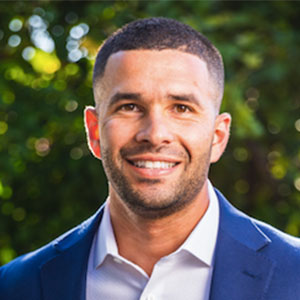
From 2005 to 2009, I had the incredible honor of being assigned to Kilo Company, 3rd Battalion, 7th Marines (3/7) in picturesque Twentynine Palms, California. Our unit fell under the umbrella of the 1st Marine Division and embarked on back-to-back combat deployments to Ramadi, Iraq, from 2005 to 2007. From 2002 to 2004, General James Mattis commanded the 1st Marine Division, establishing the 1st Marine Division’s ethos. What is ethos? Merriam-Webster defines ethos as “the distinguishing character, sentiment, moral nature, or guiding beliefs of a person, group, or institution.” The 1st Marine Division Ethos was a set of institutional principles of who we were as war fighters.
Like an ancient house chanting to the God of War, we would recite the ethos before every patrol: “No better friend, no worse enemy. First, do no harm. Sturdy professionalism. You need to look at everyone here as if they are trying to kill you, but you cannot treat them that way. Make yourself hard to kill.” This was not a passive regurgitation before an operation. This ethos became the embodiment of who we were as warriors, as well as the standard to which we held ourselves, not only in defeating combatants, but also in winning the hearts and minds of the local population.
What I wanted to know is, how can the 1st Marine Division Ethos apply to officer survival and community relationships? To answer this question, I sat down with my good friend DHS Senior Special Agent Michael Willever. Recently retired, Willever delivers insights from 25 years of law enforcement experience, including serving on the San Diego Gang and Narcotics Task Force and in international narcotics and transnational gang investigations. He now hosts the Active Self Protection podcast where he interviews guests on their experiences before, during and after defensive encounters. Additionally, Willever co-hosts “Badge Cam” videos alongside John Correia on Active Self Protection’s main YouTube channel analyzing officer use-of-force and de-escalation videos.

No better friend, no worse enemy.
Of the five principles of the ethos, this was the most difficult for Willever to digest due to the current climate and the negative connotation associated with the word “enemy.” Willever believes relationships are the foundation in which friendships are built and that this can only be done face to face. “The community needs to know that you’re there for them. I would prefer that officers are part of the community they serve and get to know people and have personal relationships with them. Become actual friends.” He strongly advocated for officers to get out of their car and patrol a foot beat where possible.
Willever recognized the challenge of portraying the second part of this principle correctly. “No worse enemy, you have to be careful with that. Especially with cops, there can become a pack mentality.” He emphasized that “no worse enemy” should never apply to the general public, but a clear message should be sent to criminals and their enablers. The message needs to be unequivocally clear, especially for those who commit violent crimes or target law enforcement, that officers will be relentless in their pursuit of justice and will exploit every means at their disposal to stop their criminal activity and remove them from the community.
First, do no harm.
“First, do no harm” is a phrase most commonly related to the pledge made by medical students when taking the Hippocratic Oath. As Marines working in communities where the difference between enemy combatant, insurgent sympathizer or ally was often blurred, this principle became a check and balance in our day-to-day operations. We had to consider the negative consequences of every interaction with the general population. This included indirect or passive interactions, such as how we drove our vehicles or patrolled the marketplace.
Officers should demonstrate the same level of awareness as they interact with members of their community as well. Willever’s perspective is simple, “Don’t be the officer creating drama where there isn’t any.” Of course, this can be a challenge as officers are human. As such, officers bring their own life experiences and emotions with them on patrol. To mitigate this, Willever encourages officers to train and discipline themselves to treat everyone with the same respect until they give them a reason not to. “You just have to treat everyone the same. Some days that is harder than others, but that is
the goal.”
Sturdy professionalism.
On the surface, it’s easy to silo sturdy professionalism into the dress and appearance of officers. However, Willever believes sturdy professionalism relates more to how an officer engages suspects and members of the community. He also believes the standard of an officer’s professionalism is largely influenced by the culture of their agency.
Willever described to me an experience he had as part of a joint task force as he rode along with two different agencies conducting felony traffic stops. During one stop, the contacting officer immediately drew his weapon and began cursing at the suspects demanding they follow his orders with the use of obscenities and threats. A week later, Willever is riding with the San Diego Sheriff’s Department. The contacting deputy draws his gun, gets on the PA and calmly says, “This is the San Diego County Sheriff’s Department. We believe you to be armed. Any motions, any movements you make, in contradiction to our commands, will be met with violence.”
Not only is the second officer portraying sturdy professionalism, but his words are so deliberate, so clearly expressed, they command respect and obedience. Furthermore, Willever wants officers to consider the unintended consequences of not maintaining their professionalism, even when interacting with known offenders. “You have to do everything within your power to remain professional to be someone that the public can remain proud of that you serve their community.”
You need to look at everyone here as if they are trying to kill you, but you cannot treat them that way.
Like the first principle, this one drew a little hesitation from Willever as he acknowledges how on the surface this statement could provoke an “us versus them” mentality. For Willever, this principle is achieved by being aware of your surroundings, what people are doing and where their hands are. “You must be prepared that anyone at any moment could try to do you harm and be ready for that mentally.”
Willever highlights how our biases can distract us from pre-attack indicators. He describes how a suspect who is smiling and telling an officer that everything is fine is often the one most willing to do violence when the opportunity presents itself. “The people that are potentially trying to kill you might seem friendly and polite at first.” Being alert, paying attention and not becoming complacent are all ways officers can be prepared to counter an attack and mitigate the reactionary gap without treating every person they contact with as a hostile threat.

Make yourself hard to kill.
For me, this principle seemed to only apply during our patrols. We would use a variety of individual, squad and unit techniques to make it difficult for the enemy to engage us and doubt their ability to win a stand-up fight, thereby choosing a softer target. A tactic we referred to as “hard targeting.” However, Willever immediately approached this principle from a different perspective, considering every aspect of an officer’s life.
Willever encourages officers, no matter their age or fitness level, to get an annual physical exam with the intent of catching medical challenges, such as heart problems, early. In terms of physical fitness, he also believes physical endurance is one of the most important attributes an officer can possess. “You need to have the endurance and stamina to get through a drag-out physical confrontation.” Willever went into extensive detail about how officers should check their equipment weekly, regardless of their assignment, and continue to seek opportunities for additional training.
An aspect of making yourself hard to kill I never considered was how officers drive. Willever wants officers to wear their seatbelts, drive carefully and be deliberate in how they enter intersections when responding to a call. “A lot of cops are killed in single-vehicle accidents because they’re in a hurry to get somewhere. I love that determination and that aggression, but you have to drive within your abilities and the abilities of the vehicle.” Willever closed by encouraging officers to seek out mental health and spiritual support to ensure they are fully present and capable of facing any challenge.
The principles of the 1st Marine Division Ethos apply as much to law enforcement officers today as they did to Marines 20 years ago. Officers should embed themselves in the communities they support, becoming a trusted friend and demonstrating their ability to effectively apprehend criminals. Officers should always consider how their actions are perceived and strive to maintain positive interactions with the general public. Professionalism means being consistent in how people are treated and removing emotions from the situation. Maintain situational awareness and a tactical advantage when making contact. Lastly, officers need to be physically, mentally, emotionally and spiritually prepared to win the fight.
As seen in the March 2022 issue of American Police Beat magazine.
Don’t miss out on another issue today! Click below:






